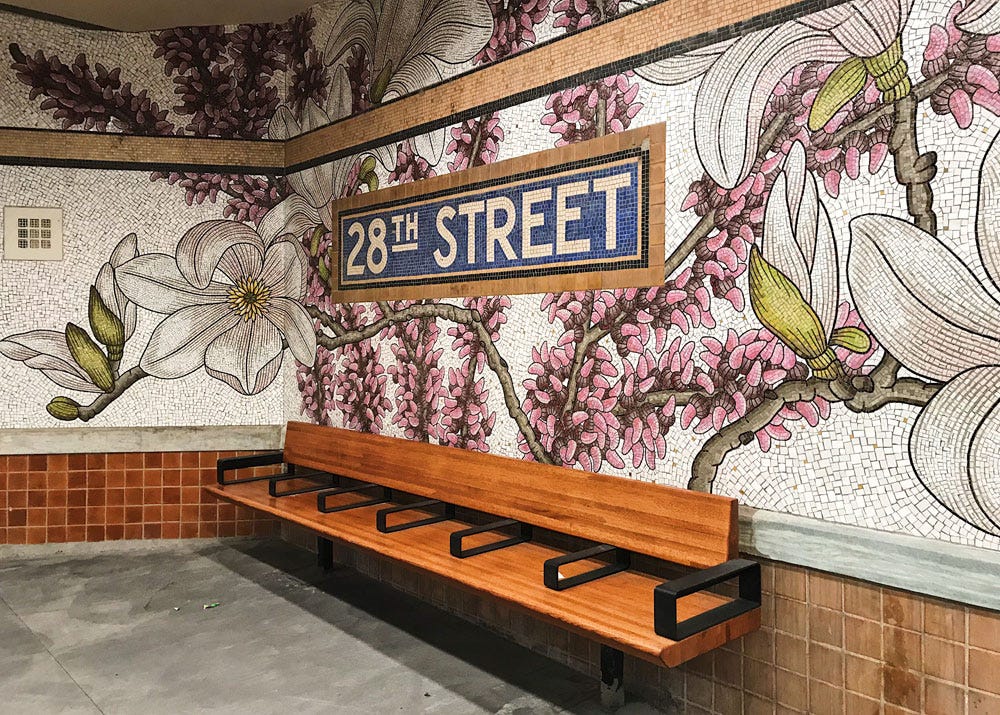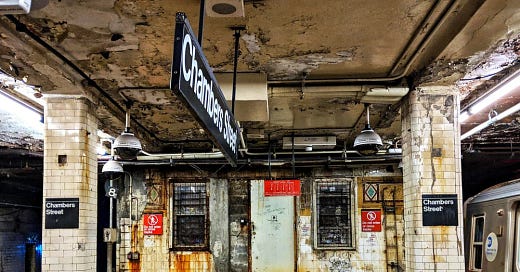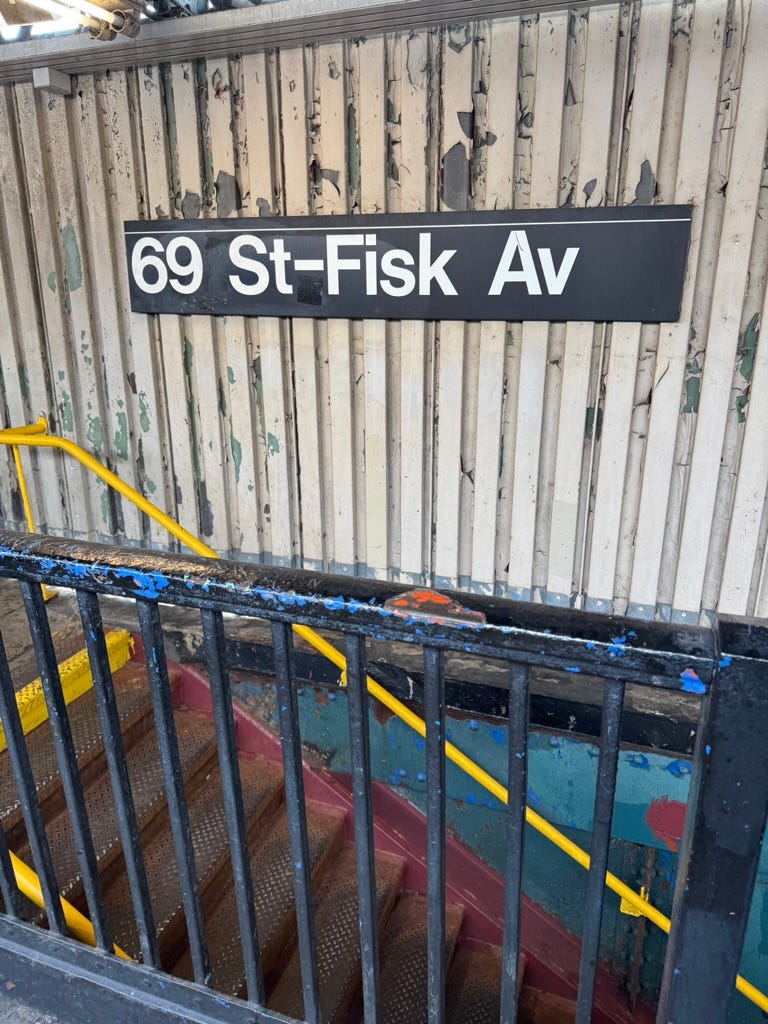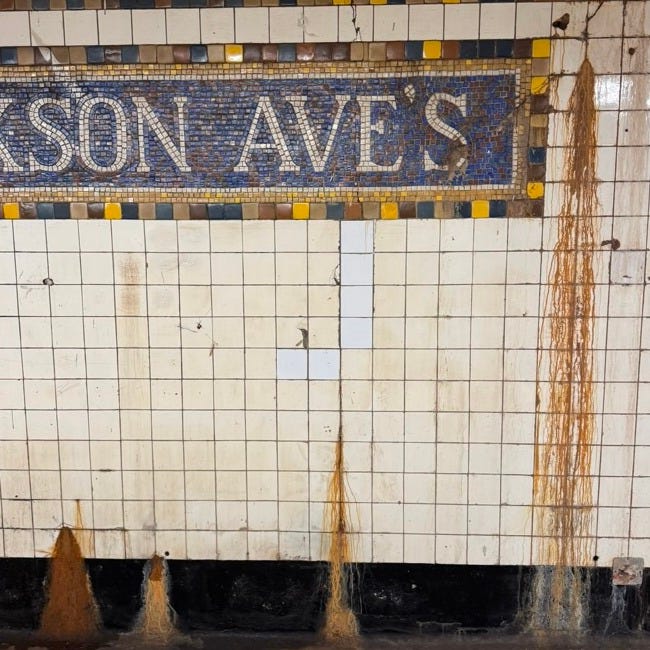How to Make the NYC Subway Beautiful
From Grit to Great: A Blueprint for a Subway That Looks as Good as It Works
(Co-Writer: Aaron Shavel is a NYC-based civil engineer with a decade of experience in constructing the city's train stations and transit infrastructure. On his Substack, he writes about construction, public transportation, urban, and infrastructure policy.)
Perception is king. We judge the world by how it looks. Walk into a Ritz-Carlton, and you immediately know it costs far more than a Holiday Inn. Does a $45 Stanley Cup really hold water better than a $10 knockoff? Does a $200,000 Aston Martin really get you there better than a Subaru Outback?
Objectively, the New York City subway is one of the world’s greatest feats. The 248-mile system runs 24 hours a day, seven days a week, shuttling millions of people between 472 stations. At peak hours, nearly six hundred trains are running at the same time.
Aaron and I both believe the system is an operational and architectural marvel. But there’s no question that the system environment falls short.
Grime, trash, and the visible decay of a one-hundred-year-old system are hard to ignore at most stations. And that reality shapes how people, tourists, and locals alike perceive the subway, fair or not.
Let’s take the following two stations as an example. Which would you rate as part of a better system?
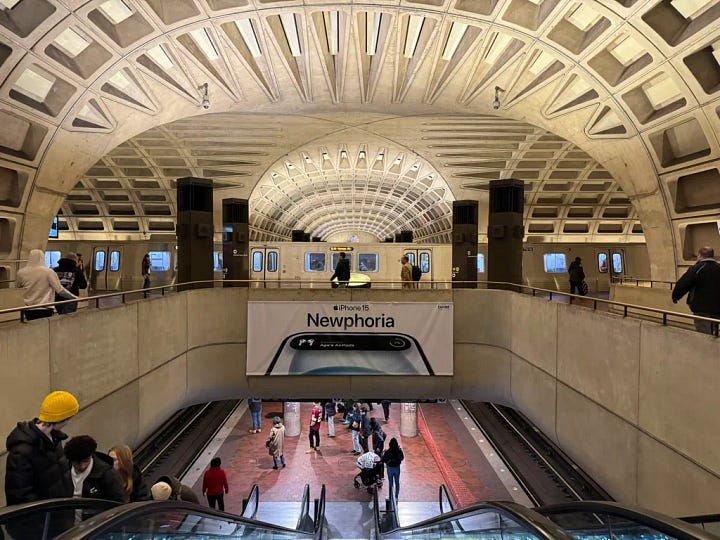
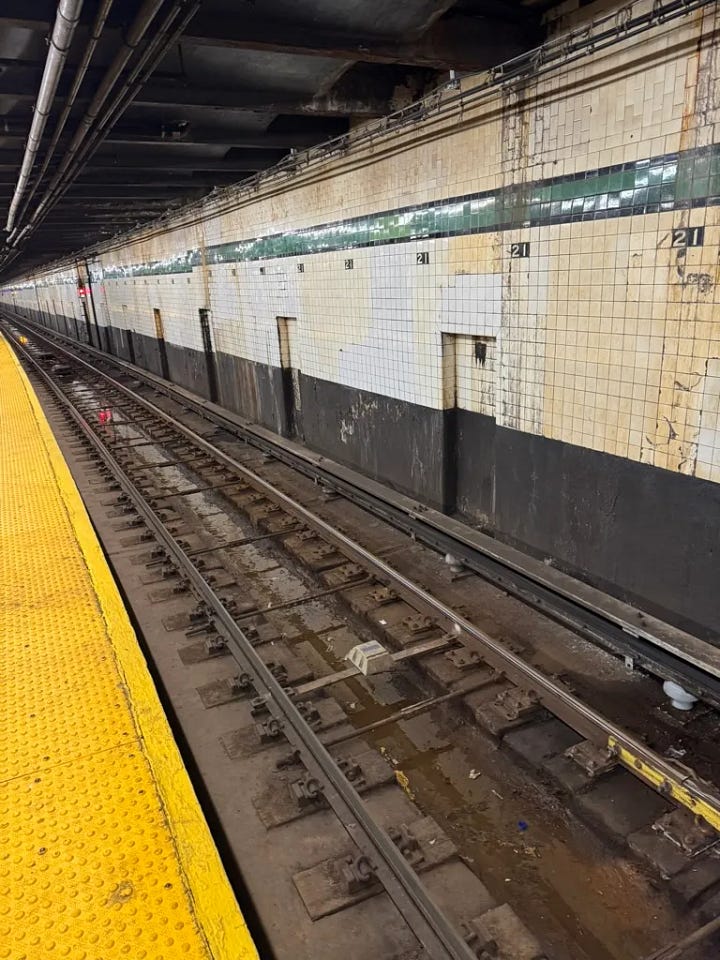
Objectively, 21st Street–Van Alst (right) runs far more frequent rail service, 24 hours a day, 7 days a week, than a typical WMATA line (left). Yet, public approval ratings tell a different story: the NYC subway system has a 52 percent approval rating, while WMATA sits at 77 percent. That means the system with far less train service is approved by 25 percent more people.
One of the top-voted responses to the Reddit thread, “What is the best metro in the U.S., according to you?” put it clearly:
“The most functional one is the NYC subway. No other system has better coverage or more frequent service. The most clean and pleasant experience is the DC metro.”
It begs the question: what if the NYC subway had both?
(Aaron wrote about how the subway’s 24/7 operation may be its last singular defining feature on the world stage. It comes at a cost, but it’s essential to the city’s identity: Read his piece here)
How We Got Here
The current state of the subway’s built environment is not a new issue. In the second half of the 20th century, the system became symbolic of urban decay, especially during the 1970s and 80s. Graffiti-covered trains and crumbling stations were the norm. While subway cars today are far cleaner, the legacy of underinvestment remains visible.
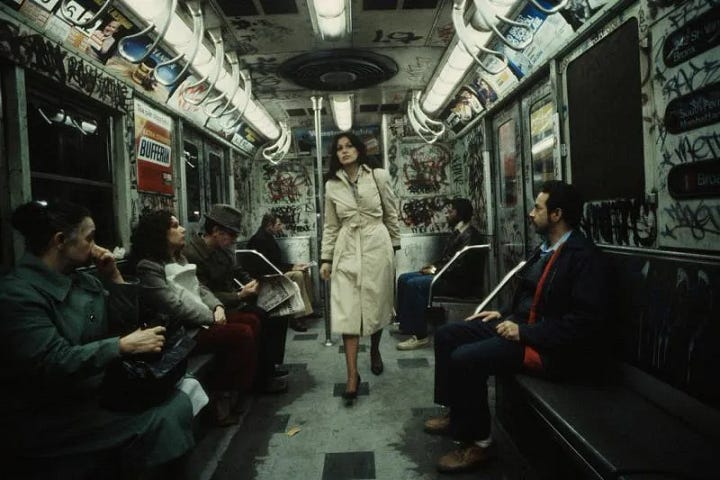

Deferred maintenance has taken a heavy toll. For decades, agency leaders and policymakers allowed infrastructure to erode. But underneath the grime, the system’s bones are sound and waiting for renewal.
Aaron and I don’t believe the bones of the NYC subway need to be reimagined actually, quite the opposite. The iconic mosaics that spell out station names, the signature white tiles don’t need a redesign. They need a refresh. And most stations could benefit from better lighting and cosmetic repair.
But this isn’t just about looks: it’s structural. When the MTA launched its State of Good Repair (SGR) program in the 1980s, they quickly realized that significant water damage and structural decay were hiding just behind the walls. Cosmetic upgrades alone wouldn’t fix it.

Let’s run the math to understand the scale of the deferred maintenance problem:
There are 472 stations.
The useful life of a station is about 35 years.
To keep the system in good repair, the MTA would need to fully renovate 14 stations per year—a pace above what the agency is currently achieving.
Here’s how much it would cost
We assume, based on older data, that approximately 400 stations are in need of repair. The total cost to give them a facelift and bring the system up to structural health would be around 12 billion dollars. This estimate is based on an average cost of 45 million dollars per station from the Enhanced Station Initiative (“ESI”) program, which included a significant amount of unnecessary detailing and redundancies.
For this exercise, we have used a more conservative estimate of 30 million dollars per station focused on beautification and basic SGR upgrades.
This includes updated staircases, improved wayfinding signage, upgraded PA systems, better lighting, platform edge repairs, fare arrays, and deep cleaning.
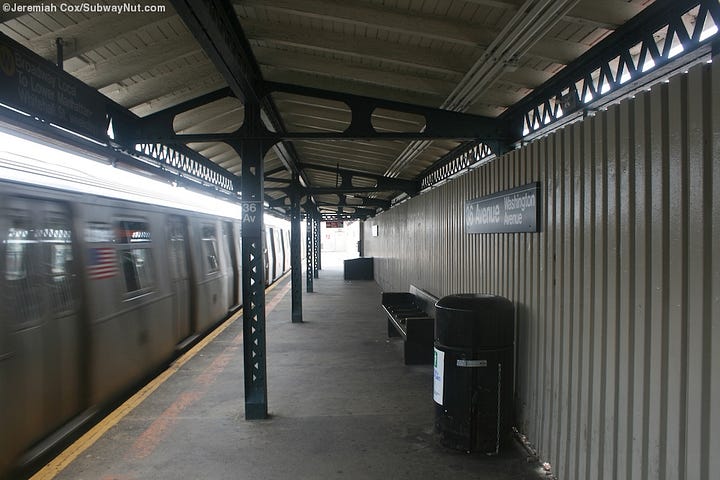
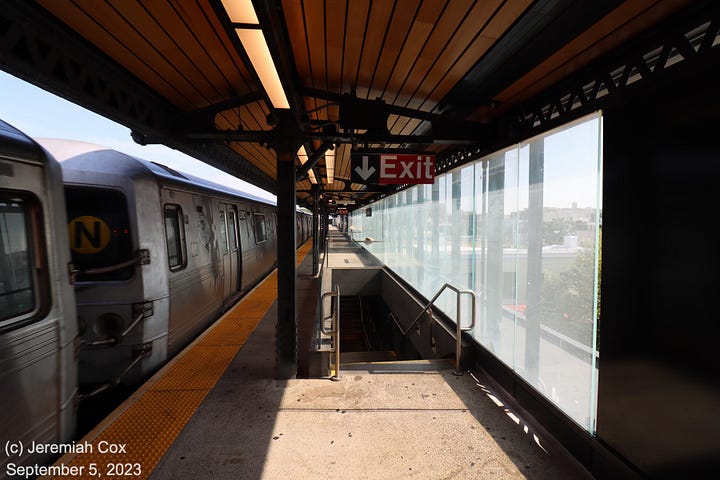
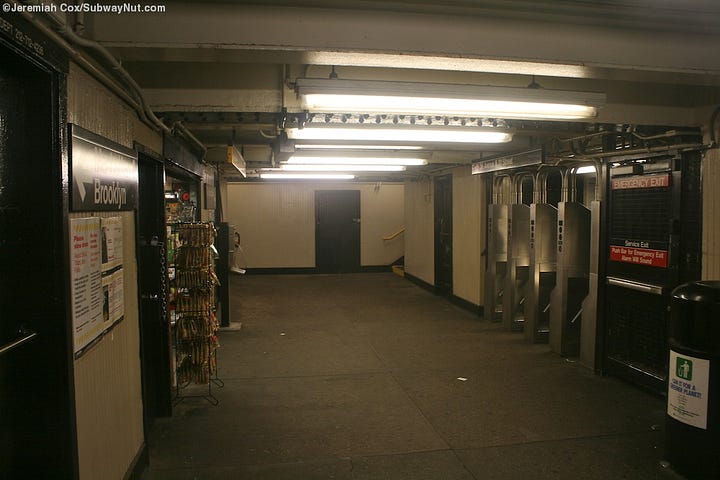
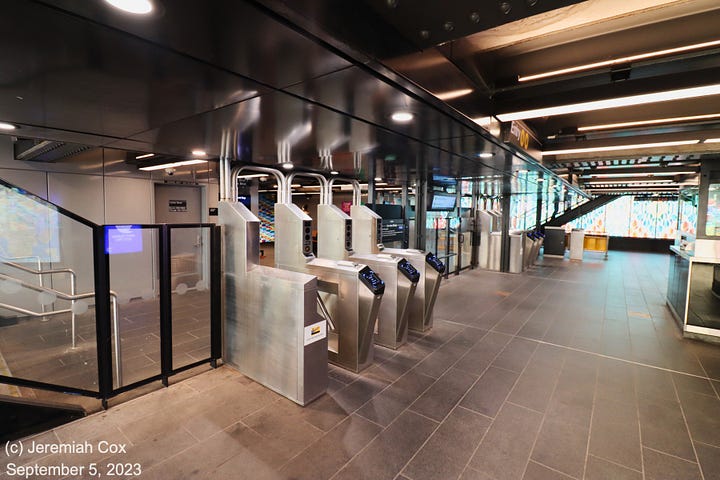
Here’s how we would approach it
Focus Renovations by Subway Line and Proximity
The MTA currently spreads renovation projects evenly across boroughs and lines to avoid political backlash. That sounds fair—but it creates massive inefficiencies.
Take a look at one of those packages for adding ADA elevators:
Managing and constructing these scattered station packages leads to more redundancies and inefficiencies. You end up needing multiple project managers, offices, foremen, and equipment, because the northern tip of Manhattan is quite far from Staten Island and the Rockaways.
Look at the Astoria Line shutdown. Eight months of pain, yes—but it allowed the MTA to work linearly, reduce duplication, and focus crews. Riders suffered less long-term disruption, and construction was more efficient.
Compare two ESI Packages:
ESI Package 3 (same line: C and B trains): 36.5 million dollars per station
ESI Package 4 (spread across Manhattan): 45.8 million dollars per station
Packages along a single line were nearly $9 million cheaper per station. Why? Consolidated project teams, fewer redundant resources, streamlined logistics and coordinated service disruptions.
Couple Elevators and ADA upgrades to State of Good Repair (SGR) Work
To address the 70 percent of subway stations that are not accessible, Andy Byford’s plan aimed to make accessibility upgrades at every third station. The idea was that a rider who needs an elevator would never be more than a few stations away from one. As a result, some decaying stations now feature gleaming new glass elevators, a slightly ironic but welcome contrast.
Although ADA upgrades and SGR work are often managed separately, they should be bundled. A good example: the 57th Street F train station received a full facelift five years ago, only to be ripped open for construction again so elevators could be added. To save money and reduce disruption, future ADA improvements should be part of the same construction scope.
Stick to the basics
We do not need to reinvent the wheel. The bones of the subway system are beautiful. The goal should be to repaint, repair facades, and clean up without layering on unnecessary features like tile-clad platforms. Paint is good enough for the green rail entrances that define the system. There is no need to replace them with expensive modern designs that erase the subway’s iconic character.
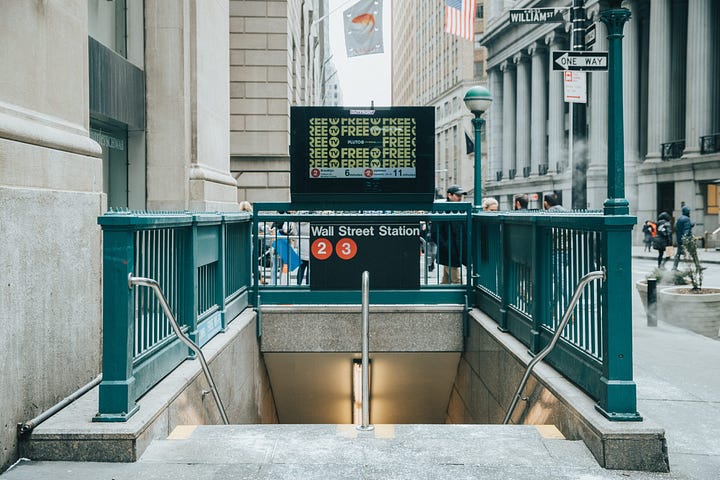

Keeping Stations Clean Long-Term
Fix How Station Upkeep Works
Station upkeep is currently managed by several separate teams across five divisions. Here’s how it breaks down:
North and South Field Operations (222 and 250 stations, respectively): Responsible for station cleaning, fare machine upkeep, and train cleaning at terminals
Specialized Cleaning: Handles targeted deep cleaning tasks
Refuse Operations: Collects all trash throughout the system
Mobile Wash: Uses self-contained equipment to provide heavy-duty sanitization
Enhanced Cleaning: Focuses on washing ceramic tile at 131 stations
Right now, these teams operate in silos. Instead, there should be a more holistic approach: teams should communicate regularly and coordinate efforts systemwide. Assigning full accountability to crews by station, rather than task, would improve results and increase ownership.
Proactive Maintenance Matters
We should not wait for things to fall apart before addressing them. While it makes sense to prioritize the most urgent infrastructure issues in a system plagued by decades of deferred maintenance, every station, no matter its condition, should be clean.
Even brand-new station entrances often show grime and neglect in basic areas like the stairwell risers below railings. That should never happen.
In the transformed stations we outlined above, one Reddit user about the new station renewal said, “It’s unfortunate that the surfaces and floors look like they haven’t been cleaned since the renovation.”
The New York City Grit
New York’s brand is grit. And in that grit, we find ourselves. Some of the country’s best art, culture, and business ideas were born during the city’s roughest years, when subway cars were covered in graffiti and Times Square was lit up with peep shows.
As the city enters its next chapter and as transit systems nationwide recover from the shock of COVID, we should expect more from the NYC subway. It’s one of the most impressive operational systems on Earth. It deserves to look the part.
Aaron and I love the NYC subway. We just hope it can love itself enough to lead America’s transit into a better future.
